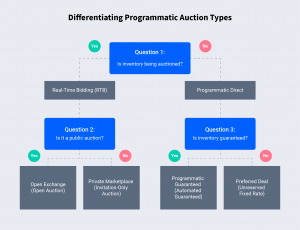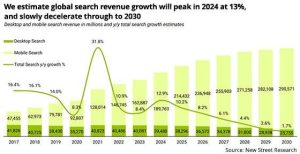You would think that major economic institutions would know better than to act as scaremongers in the modern age, especially given the impact that this has on global markets and sentiment. This is why there were some eyebrows raised when the World Central Bank recently announced the likelihood of a global recession in 2016, as markets contract and borrowing continues to rise.
Consumer spending has already plummeted as a result of the announcement, with retail sales losing considerable momentum in developed economies such as the UK. While the advent of the festive season should improve fortunes marginally around the world, the first financial quarter of the New Year is likely to be blighted by poor sentiment, minimal spending and reduced business turnovers.
How to ensure that your E-commerce business thrives in 2016
Ironically, however, this may not impact on those who operate e-commerce ventures. This is because the diverse and low-cost nature of the e-commerce business model lends itself to times of austerity, offering a unique opportunity for entrepreneurs to prosper in a depreciating economy. This is backed up by statistics from the great recession, which suggests that non-travel related e-commerce sales rose by an impressive 13% in the U.S. during 2007 and 2008.
While the e-commerce model will afford businesses an advantage in the next 12 to 18 months, however, what other steps can help them to survive the perils of a global recession? Consider the following: –
Be willing to diversify offering and Revenue Streams
There are some products in this world that benefit from a consistent supply of demand, such as engagement and wedding rings. Research suggests that the average male spends three months of their salary on their partner’s engagement ring, for example, while the rate of marriage looks likely to increase gradually in line with a rising population. The level of demand for your e-commerce product may fluctuate during a future recession, however, so you may need to be proactive when maximizing turnover.
It may be wise to review and amend your product range, for example, whether this means streamlining consumer options in a bid to increase price and quality or reducing prices to drive a higher volume of sales. You may also want to consider diversifying your existing revenue streams, initially by selling your products through affiliate partners in exchange for a nominal, percentage based commission. This requires a small outlay but can increase turnover significantly.
Use Open source software to its full Potential
All e-commerce business owners will be familiar with Magento, which is a market-leading piece of open source software that helps entrepreneurs to optimize the look and functionality of their online store. While the majority of individuals understand the value of the software’s flexible shopping cart system and content features, however, few appreciate the depth of the software’s capabilities and its potential influence on your venture.
Magento also offers powerful marketing and SEO (search engine optimization) tools, for example, while it can also help to improve performance surrounding the collation and interpretation of data. This represents a key area of ignorance for e-commerce entrepreneurs, who fail to recognize how the use of direct SQL queries can secure a wider range of data and drive database-related optimization. By understanding such software and maximizing its potential, you can operate a more efficient and productive online business.
Integrate Social Media into your e-commerce website
Last but not least, we come to the importance of integrating social elements into your website. It is easy to overlook this in the quest to optimize turnover and profitability, especially during a recession when consumers tend to spend considerably less than usual. In fact, periods of austerity make it even more important that you build and cultivate a continued sense of community across your e-commerce venture, with the integration of social central to this.
This creates a seamless connection between your e-commerce site and social media brand channels, driving interactivity across an integrated, online platform. This creates greater opportunity for the organic promotion of products and services in real-time, while it also creates more emotive channels through which you can deliver customer service. Above all else, it creates higher levels of engagement within your consumer base, which in turn empowers buyers as a powerful part of your brand identity.
Digital & Social Articles on Business 2 Community(82)






